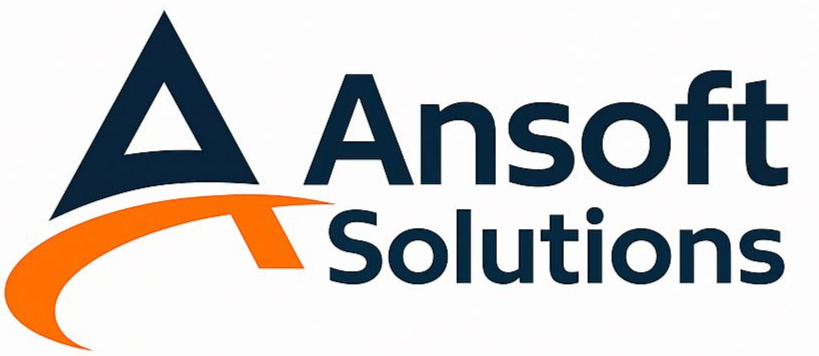Why Technical SEO is Important to Boost Your Ranking in 2023?
The performance and visibility of your website are supported by technical SEO, a crucial pillar in the dynamic world of search engine optimization (SEO). This essay aims to clarify the fundamentals of technical SEO by outlining its significance, key components, and helpful insights that can assist you in increasing the online exposure of your website.
What is Technical SEO?
The process of improving your website’s technical foundation in order to raise its exposure and search engine ranking is known as technical SEO. Technical SEO focuses on factors in the backend that influence crawling, indexing, and the entire user experience, as opposed to on-page SEO, which is more concerned with content and keywords. Site speed, mobile responsiveness, site architecture, structured data, and other factors must be fine-tuned.
Understanding Technical SEO
Technical SEO entails optimizing your website’s technical components to enhance user experience, crawlability, and indexability. Making sure that search engine bots can quickly access, comprehend, and rank your material is important. Technical SEO focuses on the technical aspects of search engine interaction, while on-page SEO concentrates on keywords and content.
The Importance of Technical SEO
Crawling and Indexing: Technical SEO makes sure that your site is simple for search engine bots to crawl and index, making your material available to users.
User Experience: A technically optimized website loads more quickly, provides a more seamless navigation experience, and has a lower bounce rate, which increases user engagement.
Mobile-Friendly: With mobile-first indexing, a mobile-responsive site is crucial for ranking well in search results.
Search Engine Ranking: Technical SEO lays the foundation for higher organic rankings by meeting search engines’ criteria for quality and usability.
Structured Data: Implementing structured data helps search engines understand your content better, potentially leading to rich snippets in search results.

Key Components of Technical SEO
Website Speed: A fast-loading website enhances user experience and earns favor from search engines. Compress images, enable browser caching, and optimize code to improve loading times.
Mobile-Friendliness: In a mobile-centric era, a responsive design is crucial. Your website should adapt seamlessly to various devices and screen sizes.
Indexability and Crawlability: Use robots.txt to guide search bots on which pages to crawl and index. Implement XML sitemaps to ensure search engines discover and understand your content structure.
Site Architecture: Organize your site’s structure logically, with clear categories and internal linking, to aid both users and search engines in navigation.
Canonicalization: Avoid duplicate content issues by using canonical tags to indicate the preferred version of a page.
Secure Connection (HTTPS): Security matters. Switch to HTTPS for encrypted communication, user trust, and potential SEO benefits.
Structured Data Markup: Utilize schema markup to provide context to search engines, resulting in enhanced rich snippets and visibility in search results.
Why Technical SEO Matters
Improved User Experience: A technically sound website ensures seamless navigation, faster loading, and fewer errors, contributing to a positive user experience.
Higher Search Rankings: Search engines reward well-optimized websites with better rankings, leading to increased organic visibility.
Reduced Bounce Rates: Faster loading times and user-friendly design reduce bounce rates, keeping visitors engaged and exploring your content.
Mobile-First Indexing: Google’s focus on mobile-first indexing makes mobile optimization crucial for ranking well in search results.
Search Engine Crawling: By addressing technical issues, you enable search engine bots to crawl and index your site more effectively.
Getting Started with Technical SEO
Website Audit: Conduct a comprehensive audit to identify technical issues, broken links, and areas for improvement.
Keyword Research: Research relevant keywords and phrases to guide your content strategy while considering search intent.
Optimize Images: Compress and optimize images for faster loading without compromising quality.
Mobile Optimization: Ensure your website is responsive and user-friendly across all devices.
Monitor Site Speed: Use tools like Google Page Speed Insights to regularly check and enhance your website’s loading speed.
Regular Updates: Stay informed about algorithm changes and best practices to keep your technical SEO up to date.
Key Elements of Technical SEO
Website Speed: Optimize images, minimize server response time, and leverage browser caching to improve site speed.
Mobile Responsiveness: Ensure your site displays properly and is easy to navigate on various devices.
Indexability: Use robots.txt and meta tags to guide search engine bots on which pages to crawl and index.
XML Sitemap: Create and submit a sitemap to help search engines discover and index your content efficiently.
Site Architecture: Organize your site’s structure logically with clear categories and hierarchy for easier navigation.
Canonicalization: Implement canonical tags to avoid duplicate content issues and consolidate link equity.
HTTPS and Security: Secure your site with HTTPS encryption for user safety and potential ranking boosts.
Schema Markup: Incorporate structured data markup to provide context and meaning to your content.
Best Practices for Technical SEO
Regular Audits: Conduct regular technical audits to identify and address issues that might hinder your site’s performance.
Mobile-First Approach: Design and optimize for mobile devices first, then adapt for desktop.
Optimize Images: Compress images without compromising quality to reduce page load times.
Minimize Code: Remove unnecessary code and scripts to streamline your site’s performance.
Fix Broken Links: Identify and fix broken links and redirects for a seamless user experience.
Monitor Site Speed: Keep an eye on your site’s loading speed and address any bottlenecks promptly.
Stay Updated: Keep up with Google’s algorithm updates and technical best practices to maintain site health.
